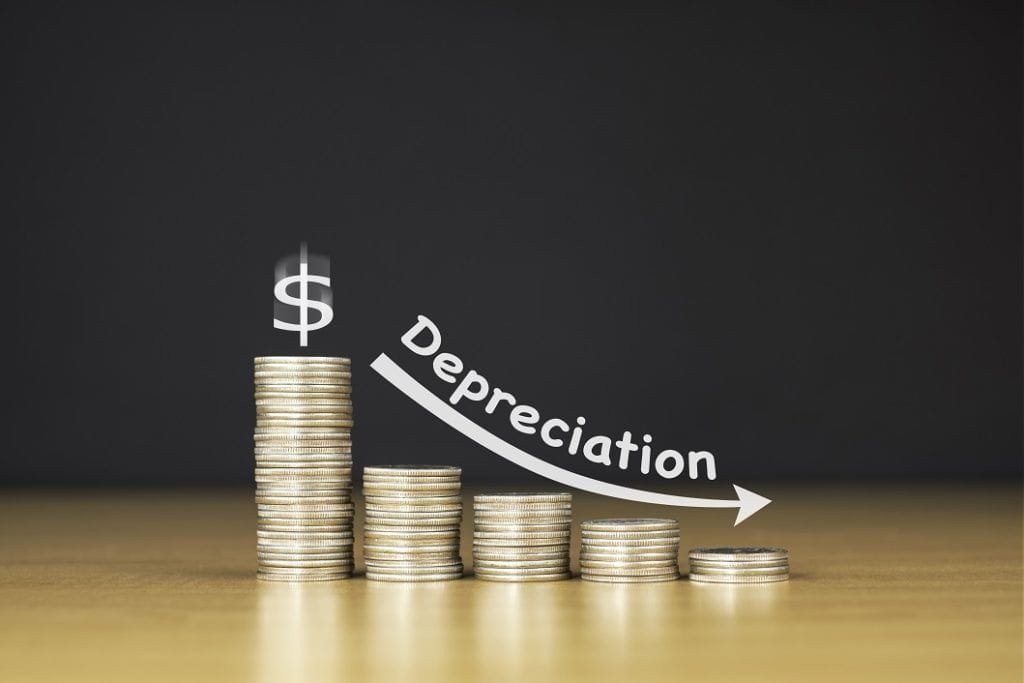Unveiling the Big Secrets: Mastering the Art of Understanding Car Depreciation
Related Articles
- De-mystifying Car Maintenance: Secret Tips And Tricks For Every Driver
- Unlocking The Auto Loan Mystery: Insider Tips & Tricks To Finance Your Car In The USA
- The Importance Of Windshield Care: Tips For Safety
- Unveiling The Big Secrets: How To Budget For Routine Vehicle Maintenance And Repairs
- Navigating The Road Less Traveled: Unlocking The Secrets Of Best Roadside Assistance Programs
Introduction
Uncover the latest details about Unveiling the Big Secrets: Mastering the Art of Understanding Car Depreciation in this comprehensive guide.
Unveiling the Big Secrets: Mastering the Art of Understanding Car Depreciation

The Steeper Side of Ownership: The Reality of Car Depreciation
Picture this: you meticulously researched, test-drove, and finally signed the lease or purchased that shiny new car you’d dreamt about. But as time marches on, that pristine finish becomes a bit marred, the odometer ticks higher, and a nagging question starts to creep in – how much is my car actually worth now? This, my friend, is the harsh reality of car depreciation.
The value of a vehicle inevitably declines over time, even if it’s meticulously maintained, primarily due to its age, mileage, and market fluctuations. Understanding this complex yet crucial aspect of car ownership can save you considerable money in the long run.
Let’s delve into the why, how, and most importantly, the "how to minimize it" of car depreciation.
H2: The Anatomy of Depreciation: Why Does it Happen?
Several factors contribute to the inevitability of car depreciation.
-
H3: Age: Just like fine wine, cars aren’t immune to the passage of time. As a vehicle ages, its components naturally wear down, leading to aesthetic and functional decline.
-
H3: Mileage: The more miles racked up, the more stress placed on a vehicle’s engine, transmission, and other vital parts. This predictable wear and tear directly impacts a car’s value.
-
H3: Condition: Accidents, improper maintenance, and even environmental factors like extreme weather can all negatively affect a car’s condition and, consequently, its worth.
-
H3: Market Conditions: Economic downturns, fluctuating fuel prices, and changes in consumer preferences can all impact the demand for certain car models, driving down their resale value.

H2: Decoding the Depreciation Curve: A Step-by-Step Guide
Depreciation doesn’t occur at a constant rate. It often follows a predictable pattern known as the "depreciation curve."
Step 1: The Steepest Drop: In the first few years, a car experiences the most significant depreciation, often exceeding 20% annually. This is due to the "new car" cost premium and the fact that newer models constantly hit the market.
Step 2: The Gradual Decline: After the initial steep drop, depreciation slows down, typically falling around 10-15% per year.
Step 3: The Steady State: As a car ages, depreciation becomes less drastic, often settling into a range of 5-10% per year.
H2: The Ultimate Guide: Minimizing Car Depreciation
While you can’t completely stop depreciation, there are strategic steps you can take to minimize its impact and maximize your car’s resale value.
-
H3: Choose Wisely: Research popular and reliable car models with proven track records. Tend to avoid overly flashy or niche vehicles, as they may depreciate faster due to lower demand.
-
H3: Opt for Longevity: Consider vehicles built with durable materials and known for their reliability. These cars are less likely to require costly repairs, which can further diminish their resale value.
-
H3: Embrace Regular Maintenance: A well-maintained car is a valuable car. Follow the manufacturer’s recommended service schedule, address any issues promptly, and keep your car clean inside and out.
-
H3: Drive Responsibly: Avoid aggressive driving habits, which can increase wear and tear on your car’s engine and other components.
-
H3: Mileage Matters: Limiting unnecessary miles can significantly slow down depreciation. Explore alternative transportation options like public transit or walking for shorter commutes.
-
H3: Keep It Pristine: A clean and well-preserved car is always more appealing to potential buyers. Invest in regular washes, interior detailing, and protectant applications.
-
H3: Capture the History: Maintain detailed records of your car’s maintenance history, including service receipts, repairs, and any modifications. This transparency builds trust and can justify a higher resale price.
H2: Expert Review: Professional Insights on Minimizing Depreciation
According to leading automotive experts at Kelley Blue Book (KBB), strategic car purchases and smart ownership habits play a crucial role in mitigating depreciation. They emphasize: "Choosing a vehicle with high residual value (predicted resale value) and prioritizing regular maintenance are among the most effective strategies to protect your investment."
H2: Smart Strategies: Additional Tips and Tricks
-
H3: Research Trade-In Values: Keep track of your car’s estimated trade-in value using online tools like KBB or Edmunds. This can help you gauge market trends and make informed decisions about selling or trading.
-
H3: Consider Timing: Selling your car during peak seasons or when demand for your model is high can result in a better price.
-
H3: Negotiate with Confidence: When selling or trading, be prepared to negotiate confidently. Leverage your car’s maintenance history, positive condition, and market research to secure the best possible deal.
Conclusion: Understanding car depreciation is a vital aspect of smart car ownership. By recognizing the factors that impact depreciation, implementing strategies to minimize its effects, and staying informed about market trends, you can significantly enhance the value of your vehicle over time and make your car ownership experience more financially rewarding.
Frequently Asked Questions
Q: What is the best way to determine my car’s current value?
A: Use reputable online valuation tools like Kelley Blue Book (KBB) or Edmunds, focusing on the "Private Party" value, as this reflects the price you could realistically obtain from a private sale.
Q: Does a car’s color affect depreciation?
A: While not a major factor, certain colors, particularly those considered unique or polarizing, may depreciate slightly faster due to limited appeal.
Q: What role does financing play in depreciation?
A: Financing typically doesn’t directly impact depreciation, but the monthly payments will financially offset any potential gains you might make from a good resale value.
Q: How often should I get my car appraised?
A: It’s a good idea to get a professional appraisal every 2-3 years, especially if you plan to sell or trade in your car.
Q: Can I prevent my car from depreciating entirely?
A: It is impossible to fully prevent depreciation. However, by making smart choices and maintaining your car meticulously, you can significantly slow its rate and maximize its long-term value.
Source: https://www.kbb.com/
Closure
We hope this article has helped you understand everything about Unveiling the Big Secrets: Mastering the Art of Understanding Car Depreciation. Stay tuned for more updates!
Make sure to follow us for more exciting news and reviews.
We’d love to hear your thoughts about Unveiling the Big Secrets: Mastering the Art of Understanding Car Depreciation—leave your comments below!
Keep visiting our website for the latest trends and reviews.